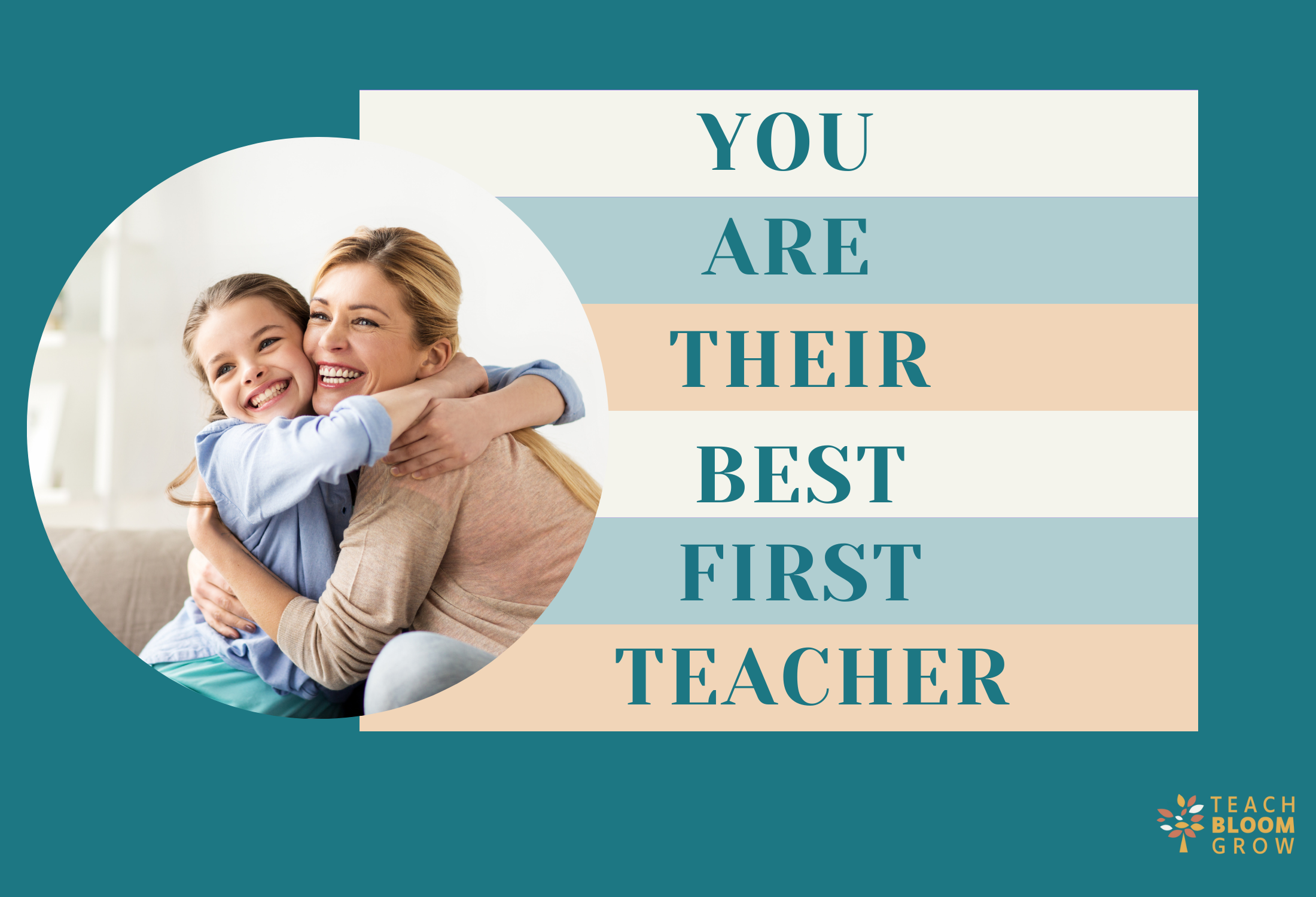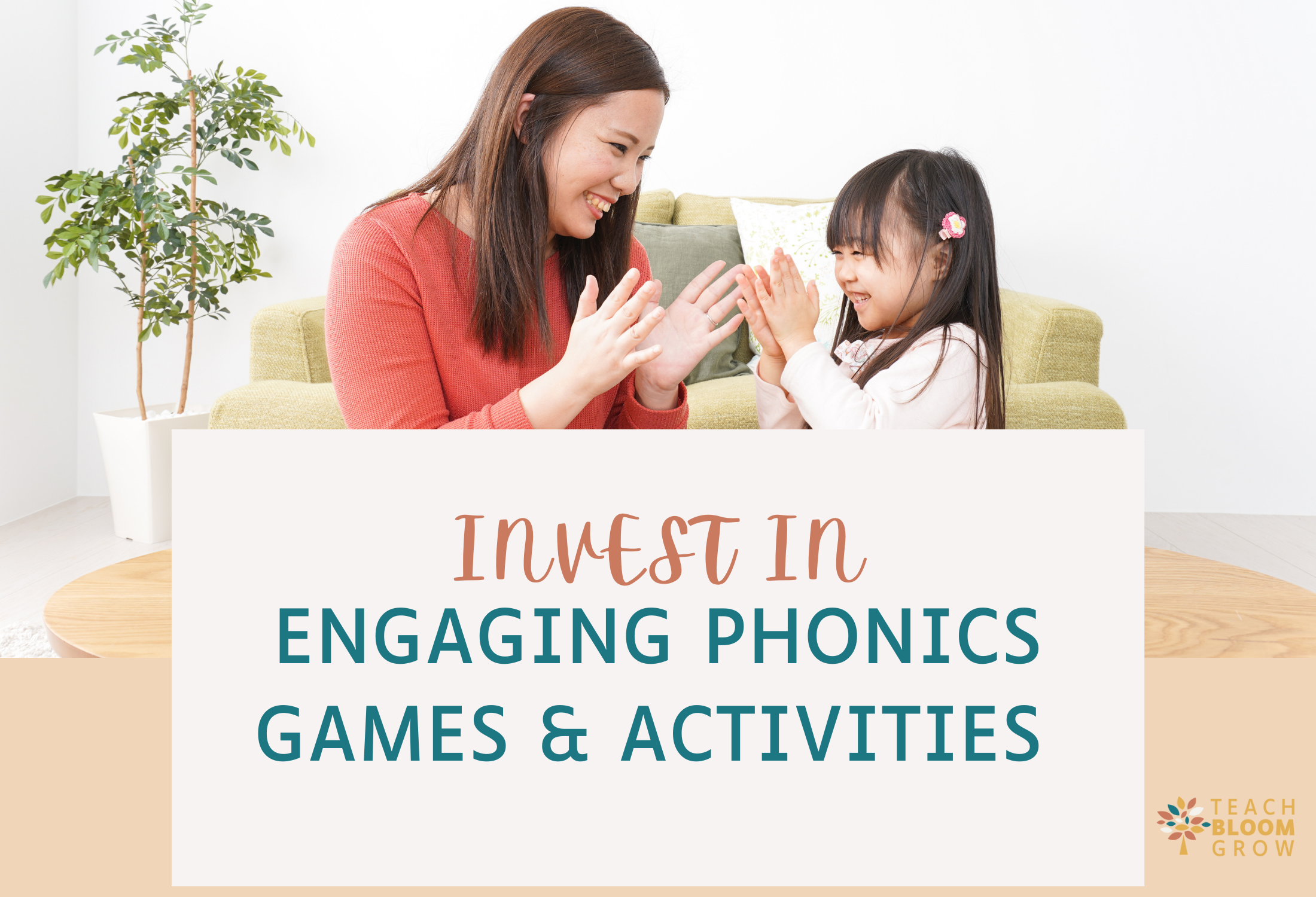Building a Strong Foundation for Reading Success
Elementary teachers take on a significant amount of pressure in preparing our youngest students for success. Students enter school maybe knowing a few letters and numbers. Then, magic happens, and students learn how to read, write, and spell. While the evolution seems smooth and progressive, teachers feel a ton of stress. They are building a strong foundation for reading success for every student with different needs. Thankfully, incredible teachers rise to this challenge every year and watch in amazement as students become passionate readers. So, let’s explore some helpful tips to maximize the reading success of each student.
Tips for Choosing High-Quality Phonics Materials
Focusing on several key factors ensures that resources effectively support early literacy development.
1. Alignment with Research-Based Phonics Instruction
Structured Approach: Look for materials that follow a systematic, explicit, and sequential approach to teaching phonics. These resources should introduce sounds and letters in a logical order. This includes starting with the simplest and most common sounds and progressing to more complex ones.
Incorporate Phonemic Awareness: High-quality materials should integrate phonemic awareness skills, such as segmenting, blending, and manipulating sounds. These are crucial for reading success.
2. Engaging and Age-Appropriate
Visual Appeal: Materials should be visually engaging but not too cluttered or overwhelming for young learners. Bright colors, fun illustrations, and appealing characters can help maintain interest, but they should support learning, not distract from it.
Developmentally Appropriate: Choose materials that match the age and skill level of the learners. For early learners, materials should start with letter recognition and basic sounds. More advanced learners should tackle syllables, digraphs, and complex vowel sounds.
3. Variety of Learning Modalities
Hands-On Activities: Look for resources that encourage active participation. Manipulatives (like letter tiles or flashcards) or activities (such as writing, drawing, and matching games) can help reinforce phonics concepts in an interactive way.
Audio and Video Resources: Materials that include audio clips or videos can help learners practice pronunciation and sound recognition through auditory channels.
Be sure to check out the FREE Writing Graphic Organizer! Once students are ready to begin writing, this organizer is incredibly helpful.
4. Progressive Difficulty
Gradual Increase in Complexity: High-quality materials should gradually increase in difficulty as students master each level. Start with simple consonant-vowel-consonant (CVC) words and move toward multisyllabic words, silent letters, and other complex phonetic rules.
Repetition and Review: Effective materials provide plenty of opportunities for practice and review, allowing students to reinforce skills over time.
5. Diverse Word Families and Sound Patterns
Comprehensive Coverage: Materials should cover various word families and phonetic patterns, like digraphs and blends, to ensure learners can decode various words.
Inclusion of Irregular Words: While phonics materials emphasize decoding regular words, they should also introduce high-frequency "sight words" that don't follow standard phonetic rules.
By considering these factors, you can choose high-quality phonics materials that are engaging, effective, and appropriate for students' needs. These tips will make building a strong foundation for reading success enjoyable for everyone!
Phonics Games and Activities
Engaging in phonics activities and games is a great way to reinforce early literacy skills while keeping students interested and motivated.
1. Phonics Bingo
Materials: Bingo cards with pictures or words, markers.
How to Play: Create bingo cards with pictures or words that represent different phonics sounds or word families (e.g., CVC words like "cat" or "log"). Call out the sound or word, and students mark the corresponding picture or word on their card. The first student to complete a line shouts, “Bingo!”
2. Sound Scavenger Hunt
Materials: A list of sounds or word families.
How to Play: Give students a list of sounds or words to find around the classroom, home, or outdoors. For example, ask them to find objects that start with the /b/ sound (like "book," "ball," etc.). They can write or draw the items they find.
3. Word Family Sorting
Materials: Word family cards (e.g., words ending in "-at," "-et," "-it").
How to Play: Give students a set of word cards. Have them sort the words into their correct word families (e.g., "bat," "cat," "hat" in one group and "pet," "set," "net" in another). For an added challenge, ask students to come up with additional words that belong to the same family.
4. Letter Toss
Materials: Soft ball or bean bag, alphabet letters (on cards or a mat).
How to Play: Spread out letter cards on the floor or hang them on a wall. Have students toss a bean bag or soft ball onto one of the letters. They then say the sound that the letter makes. For a more challenging version, have students develop a word that starts with that letter sound.
5. Silly Sentences
Materials: Word cards, a timer
How to Play: Provide students with a set of word cards (simple phonics words) and have them create the silliest sentence they can using the words. For example, “The cat sat on a hat.” Have them share their sentences with the class.
Variation: Students could illustrate their sentences to reinforce the connection between the sounds and the meaning of the words.
These phonics activities and games make building a strong foundation for reading success fun and exciting!
Literacy Support
Our literacy tutoring works for students with dyslexia as well as students who are struggling with reading and writing and falling below grade level. Be sure to reach out for a Free Consultation!
Teachers and parents do not have to be alone when building a strong foundation for reading success. By working together and sharing resources, everyone can help all children see the magic in reading.
If you do not want to miss any of the upcoming lessons, join my email list to be notified of all the interactive lessons coming up! By joining the email list, you will receive freebies for blog exclusive subscribers!


